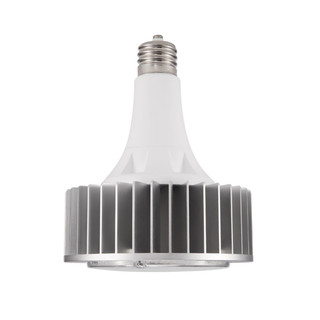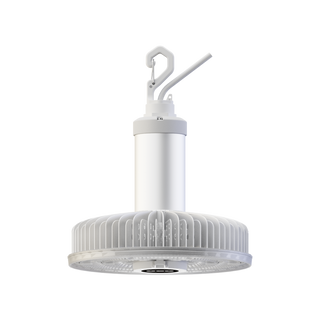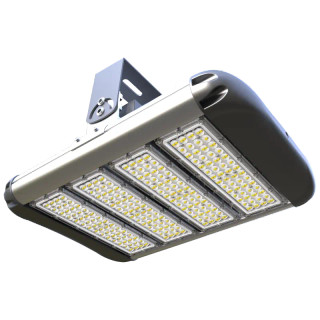-

150W All-In-One High Bay (A1HB) - 162 Skus in One High Bay: Selectable Color Temp, Brightness, Beam Angle, Sensor, and Upgradable Snap-In Driver
View Product- Powered By: 120-277V
- Powered By: 277-480V
- Wattage: Selectable | 100W, 120W, 150W
- Lumens: Adjustable | 24,000 LM Maximum
- Color Temperature: Tunable | 3000K, 4000K, 5000K
-
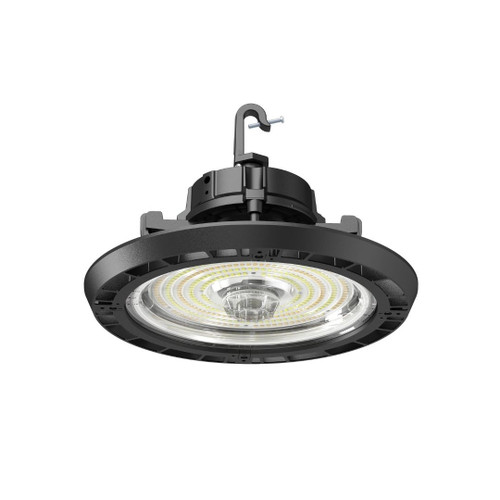
200W All-In-One High Bay (A1HB) - One High Bay, 162 Options: Selectable CCT, Adjustable Brightness & Beam Angle, Sensor Options, and Upgradable Snap-In Driver
View Product- Powered By: 120-277V
- Powered By: 277-480V
- Wattage: Selectable | 120W, 150W, 200W
- Lumens: Adjustable | 32,000 LM Maximum
- Color Temperature: Tunable | 3000K, 4000K, 5000K
-
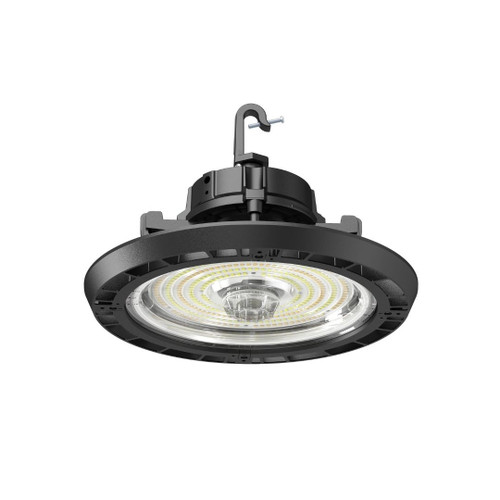
300W All-In-One High Bay (A1HB) - Selectable Color Temp, Adjustable Brightness and Beam Angle, Sensor Ready, & Upgradable Snap-In Driver
View Product- Powered By: 120-277V or 277-480V
- Wattage: Selectable | 220W, 260W, 300W
- Lumens: Adjustable | 48,000 LM Maximum
- Color Temperature: Tunable | 3000K, 4000K, 5000K
-

OEO EZ LED Super Hybrid Lamp - 400W Metal Halide Replacement - Ballast Compatible AND Ballast Bypass (Type A/B) | One Product, Two Options!
View Product- Powered By: 120-277V or Operable Ballast
- Wattage: 105W | 150W | 165W options
- Lumens: 15,000LM | 20,000LM | 25,000LM options
- Color Temperature: 4000K or 5000K
-

COMING SOON! Super High Bay XL Series - 1000W Replacement LED Lamp | Hybrid A+B Lamp - Ballast Compatible OR 120-480V
View Product- Powered By: 120-480V or Operable Ballast
- Wattage: 240W
- Lumens: 42,000 LM
- Color Temperature: 5000K
-

OEO EZ LED (Ultra Series) - Direct Replacement LED for 175W to 400W Metal Halide
View Product$199.00 - $219.00- Powered By: Operable Ballast
- Wattage: 63W to 170W
- Lumens: 8,500LM to 25,000LM
- Color Temperature: 5000K
-
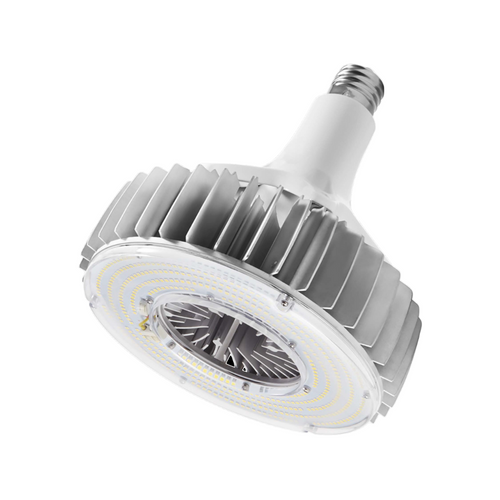
OEO EZ LED VHO 1K - Very High Output | 1,000W equivalent LED | Ballast Compatible, Type A | 5000K Lamp
View Product$395.00- Powered By: Operable Metal Halide Ballast
- Wattage: 190W to 250W
- Lumens: 27,700LM to 37,000LM
- Color Temperature: 5000K
-

- Powered By: 120-277V
- Wattage: 60W | 100W | 140W options
- Lumens: 9,000LM | 13,000LM | 20,000LM
- Color Temperature: 5000K
-
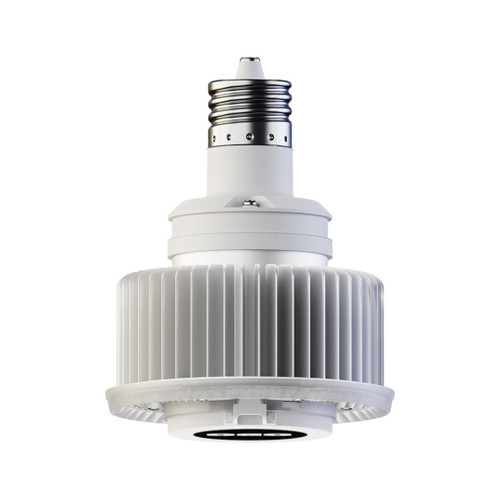
OEO EZ LED - Super Mini | Ballast Compatible AND Ballast Bypass | Replaces 100W-250W Metal Halide / HPS
View Product$135.00 - $145.00- Powered By: 110-277V or Operable Ballast
- Wattage: 28W | 45W
- Lumens: 4,000 LM | 7,000 LM
-
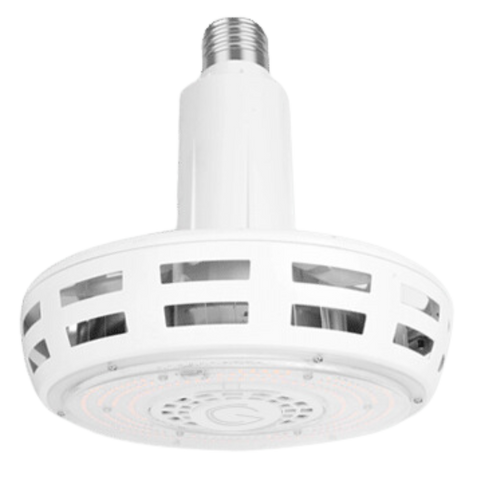
CLOSEOUT SPECIAL - High Bay Retrofit Lamp (Green Creative): 400W MH Replacement | 4000K | 120W | 18,000 Lumens
View ProductWas: $109.00Now: $50.00- Powered By: 120-277V
- Wattage: 120W
- Lumens: 18,000LM
- Color Temperature: 4000K
Industrial Lighting Upgrades
Enhancing an industrial space with LED lighting involves understanding the most effective upgrade options. Here are the key areas to explore:
High Bay LED Upgrades
For facilities with high ceilings, high bay LED lights provide consistent, powerful illumination over large areas. These lights are specifically designed to reduce shadows and maintain even brightness, making them ideal for warehouses, manufacturing facilities, and large industrial spaces.
LED Flood Light Solutions
Flood lights are ideal for outdoor lighting around industrial buildings, offering bright, wide-angle light that enhances security and visibility. With their high output and durable design, LED flood lights can withstand various weather conditions, providing reliable performance year-round.
Area Lighting for Outdoor Applications
For outdoor lighting applications, area lights help illuminate open spaces, parking lots, or walkways, making navigation safer and reducing accidents. They create a welcoming and well-lit environment that improves both accessibility and safety for employees and visitors alike.








